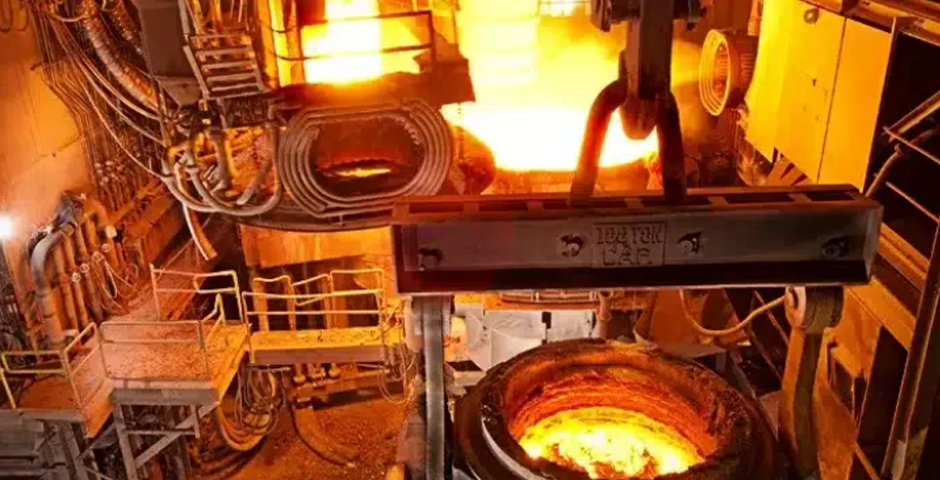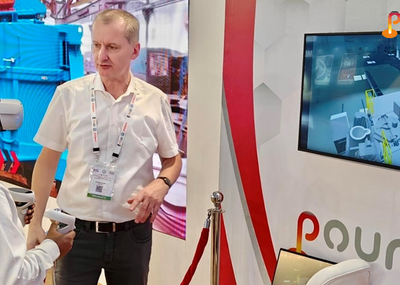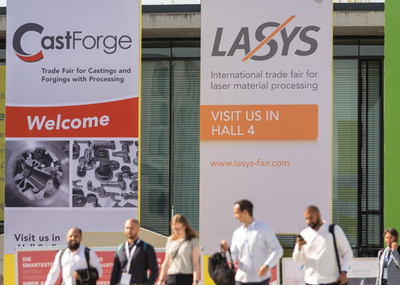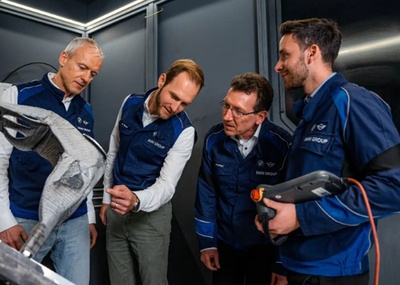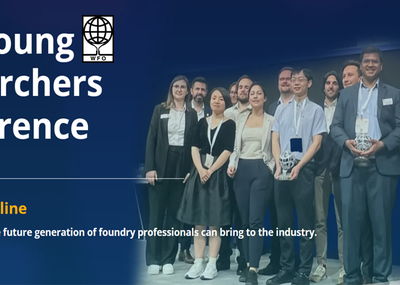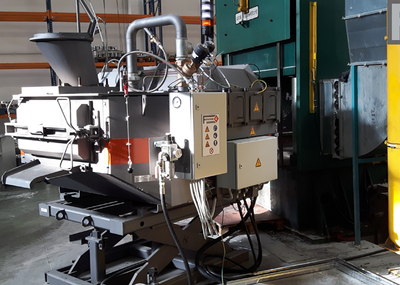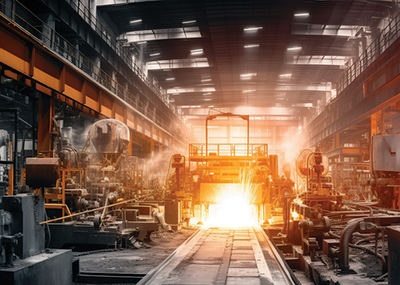Powering Progress: DOE’s Decarbonization Push
The funding is supported by President Biden’s Bipartisan Infrastructure Law ($489 million) and Inflation Reduction Act ($5.47 billion). It will help scale up emerging industrial decarbonization technologies crucial for the current administration’s climate and domestic manufacturing objectives. Collectively, the projects could mitigate over 14 million metric tons of carbon dioxide (CO2) emissions annually. That’s equal to the yearly emissions of 3 million gasoline-powered cars.
The industrial sector accounts for nearly ⅓ of the nation’s overall GHG emissions. Thus, the transformative federal investment will be matched by the selected projects to leverage over $20 billion in total funding.
The projects could potentially reduce carbon emissions by an average of 77%. Managed by DOE’s Office of Clean Energy Demonstrations (OCED), the projects unveiled today under the Industrial Demonstrations Program aim to fortify America’s manufacturing and industrial competitiveness.
The chosen projects for award negotiations include a range of difficult-to-decarbonize industries, with representation from various sectors, including the following breakdown:
- 7 projects in chemicals and refining,
- 6 projects in cement and concrete,
- 6 projects in iron and steel,
- 5 projects in aluminum and metals,
- 3 projects in food and beverage,
- 3 projects in glass,
- 2 projects focused on process heat, and
- 1 project in pulp and paper.
Forging a Green Steel Sector
The decarbonization funding announced by the US DOE has the potential to catalyze a transformative shift towards “green” steel production in the United States, according to industry leaders and observers.
The US steel sector has made significant strides in producing recycled steel through electric arc furnace (EAF) mills. It accounts for over 70% of the country’s steel output. However, there’s growing recognition of the need to embrace cleaner primary steel production methods.
Last year, steel giant ArcelorMittal and Microsoft backed MIT spinout company Boston Metal to make clean steel. The startup employs a unique electrolysis process to manufacture green steel and help decarbonize the industry. Globally, there’s a rapid expansion of EAF production as steelmakers respond to increasing demand for cleaner materials and efforts to mitigate GHG emissions. In this context, countries, especially in Europe, are investing in technologies aimed at reducing emissions in primary steelmaking.
A nonprofit organization focused on decarbonizing steel and other industries highlighted the significance of investing in green ironmaking technologies. These technologies involve transitioning away from coal-based furnaces traditionally used in iron ore processing, thereby lowering emissions and enhancing competitiveness.
Below is a sample process flow in producing green pig iron. It’s from a Nevada-based green pig iron company Magnum.
There’s a huge potential for substantial emissions reductions both domestically and globally through the adoption of these technologies. By showing the feasibility of green ironmaking technologies in the US, there is an opportunity to deploy them worldwide, leading to reduced emissions on a global scale.
Ironclad Solutions: Decarbonization Projects in Focus
In the iron and steel sector, 6 projects have been earmarked for potential investment totaling $1.5 billion. They have the potential to prevent around 2.5 million metric tons of CO2 emissions annually.
One notable project involves Sweden’s SSAB AB, which is in negotiations for up to $500 million to establish the world’s first commercial-scale facility utilizing HYBRIT technology in Mississippi. This innovative technology uses green hydrogen to power ironmaking processes, offering significant emissions reductions.
Cleveland-Cliffs is also in discussions for up to $500 million to transition its Middletown Works facility in Ohio from a coal-based blast furnace to a hydrogen-ready direct reduced iron furnace, accompanied by the installation of electric mantling furnaces.
Furthermore, Vale USA has been selected for potential funding of up to $282.9 million to establish a pioneering production facility for low-emission iron ore briquettes on the US Gulf Coast, providing a sustainable alternative to traditional iron ore pellets.In the aluminum and nonferrous metals sector, 5 projects are eligible for over $900 million in federal investment. They are aimed at reducing around 4 million metric tons of CO2 annually.
Funding the Future
The potential financial support from DOE’s decarbonization funding serves to mitigate some of the risks associated with the significant investment required for steelmakers to decarbonize. Hilary Lewis, steel director with Industrious Labs noted in an interview the importance of this federal support, saying that:
“The role of government is significant here and it is significant in Europe as well, and it needs to be a partnership with industry that will put forward innovative, ambitious projects that will actually get us to near-zero [emissions].”
The DOE emphasized that the selection for award negotiations doesn’t guarantee the issuance or the provision of its decarbonization funding. The duration of the negotiation phase and the timeline for final decarbonization funding decisions weren’t yet specified.The DOE funding presents a critical opportunity to accelerate the transition towards green steel production in the US. It can position the country as a leader in sustainable steelmaking practices and contribute to broader efforts to combat climate change and reduce environmental impact.
Source: www.carboncredits.com

